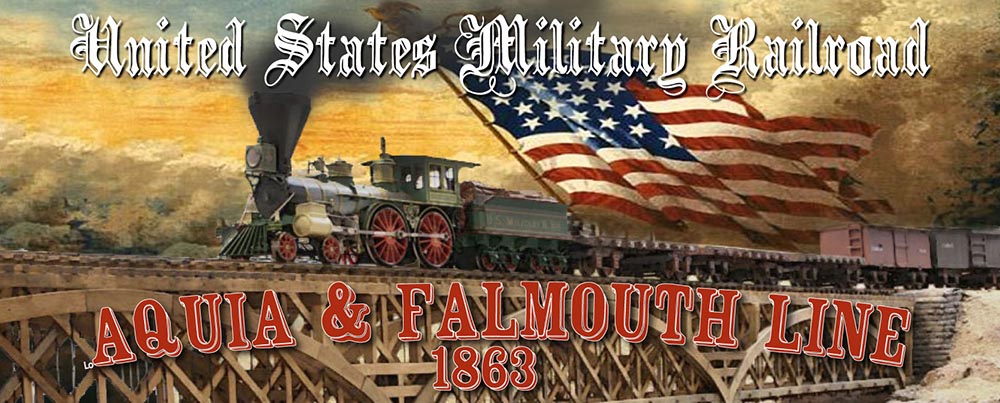- Cover is protection from direct or indirect fire. This means actual physical obstacles that can absorb incoming fire like stone walls, foxholes, bunkers, etc.
- Concealment means you are hidden from view. Hiding in bushes, or behind a house is concealment. Concealment means you are harder to spot, but not harder to kill if you are spotted and fired on.
On my layout I have modeled four types of fences. Here is a prototype example of a worm fence at Willimasburg, VA, and one on my railroad. These fences look cool, but they are a pain to build in scale.

This famous photo from the battle of Antietam shows dead rebels next to a split rail fence with oval hole posts. Mine rendition of that style of fence is below. These fences are easier to build especially with laser cutting the parts.
Now, the more probable scenario for my layout is that none of these wooden fences would be standing in the time period I am modeling. After 4 months of occupation by US soldiers, and no farms being worked, the fences in the area would have been "liberated" by soldiers to use as firewood and lumber for hooches. But, the fences add interest and I like their look.
I have small sections of stone and "Kentucky" style fences and on my layout. I modeled my stone fence on the stone fence at Marye's Heights near Fredericksburg.


No comments:
Post a Comment